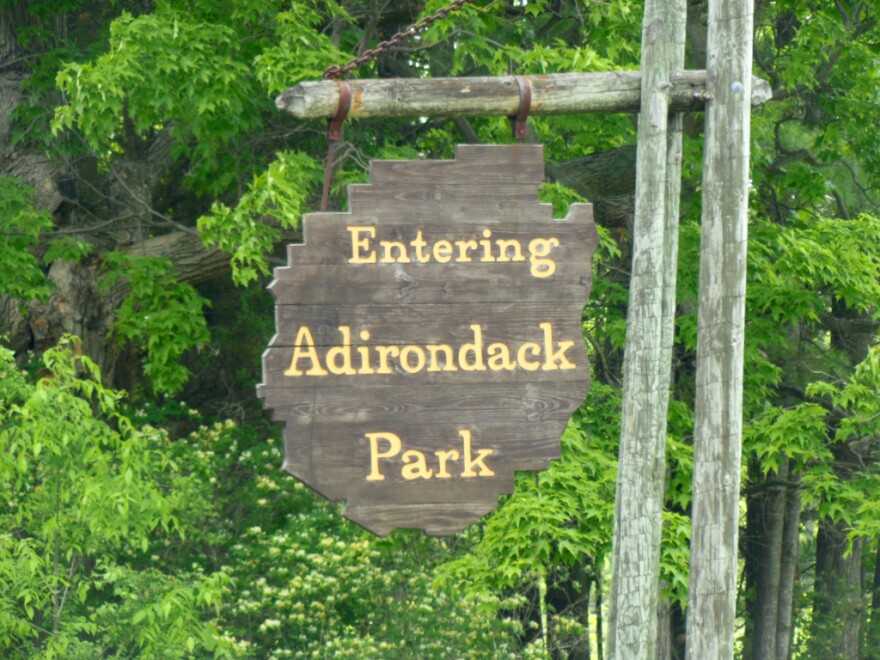A number of issues affecting the Adirondacks are pending in New York state agencies. Other will be affected by the recently passed budget. Environmental and municipal advocates discuss key priorities they say need to be addressed.
The New York state budget includes an Environmental Protection Fund – or EPF. Last year Albany approved $300 million for the fund and the 2018 budget once again provides $300 million.
Adirondack Council spokesman John Sheehan notes the EPF is the capital project account for the environment and this year it should focus on new facilities and stewardship. “It’s for big ticket things, expenses that don’t recur. So basically for building things, for acquiring public lands and other natural resources and for big pollution prevention projects like closing landfills, creating recycling centers and other projects that could help including upland protection to keep a lake from getting polluted for example. That’s also where the invasive species grants money come from and where we’re going to be asking for the state to pay more attention to things like stewardship of public lands in the park.”
Adirondack Mountain Club Executive Director Neil Woodworth adds that the EPF is critical because of the range of funding it provides. He says this year’s allocation will help the effort to stem the spread of an invasive. “This year the EPF will fund 1.1 million to essentially build a bug laboratory at Cornell University to head off a lethal pathogen, the hemlock woolly adelgid, that in the Appalachians has killed up to 98 percent of the Eastern Hemlock. The Eastern Hemlock is one of the most important trees in Adirondack forests. The hemlock woolly adelgid has not been present in the Adirondacks yet but it’s very close.”
In the spring of 2016 New York finalized its purchase of the Boreas Ponds tract, one of the largest areas completely surrounded by the Adirondack Forest Preserve. It was anticipated that the Adirondack Park Agency would decide its final classification by March, but Adirondack Park Local Government Review Board Executive Director Fred Monroe has now been told a decision might be made by June. “We have no preferred alternative at this point. And everyone including me thought there would be a preferred alternative by March and probably a vote by April or May. So the whole timetable seems to be two to three months behind where we thought it would be.”
Woodworth says even a June decision is uncertain since a new proposal may be complicating the process. “The governor has proposed in the state of the state the possibility of putting a hut-to-hut system on the Forest Preserve of the Boreas Tract. That’s very controversial. We know that there’s been consideration of a proposal that would leave out 5 acres unclassified so that this glamping (glamour camping) facility could be constructed. We think that would not be legal.”
The classification delay also concerns Sheehan as the summer season fast approaches. “This is going to be a very popular addition to an already popular wilderness area. And it’ll be essentially 20 miles, 20 minutes, from the edge of the Northway. So it has the potential to be overrun very easily and we want to make sure that it’s protected before the state really invites the entire world to come and see it.”
Federal policies could have an impact on the Adirondacks and Sheehan is among those scrutinizing the Trump administration and the Environmental Protection Agency. “Certainly we’d love to see not jut EPA’s rules stay in place but some additional funding for acid rain monitoring and research in the Park especially given the incentives that the Trump Administration seems to be placing on burning coal.”
There is currently limited access to the Boreas Ponds tract as the Adirondack Park Agency considers final classification.







